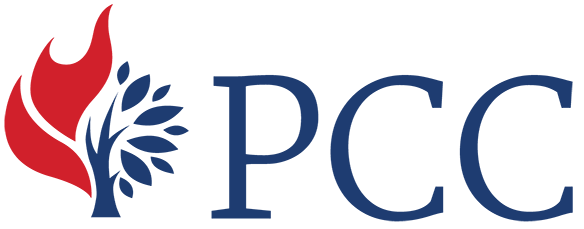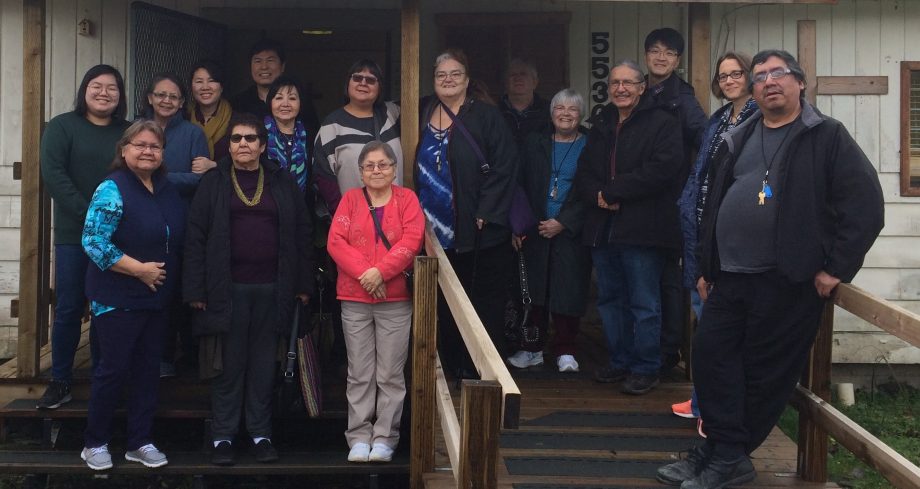
Members of the National Indigenous Ministries Council
Since 1994, the Presbyterian Church in Canada has been intentional about supporting efforts of confession, truth and reconciliation with Indigenous peoples and communities. As a result, Presbyterians Sharing provides funding for eight ministries that operate in and for Indigenous communities in Canada. These eight ministries comprise the National Indigenous Ministries Council.
Each ministry operates under a minister, director, or representative who meets with the Council for mutual care, encouragement and discussion. Though the relationship between the Presbyterian Church in Canada and Indigenous peoples is wrought with history and pain, in part as a result of the Residential Schools, the church is committed to the ongoing process of healing and reconciliation. This is one of several efforts to recognize wrongdoing and prayerfully restore right relationships. The National Indigenous Ministries Council operates to uphold ministries engaging in this important work of sharing the reconciliatory action of Jesus in word and deed.
Worship service by Indigenous ministry leaders marks National Indigenous Peoples Day and Indigenous History Month
Ministries of the PCC
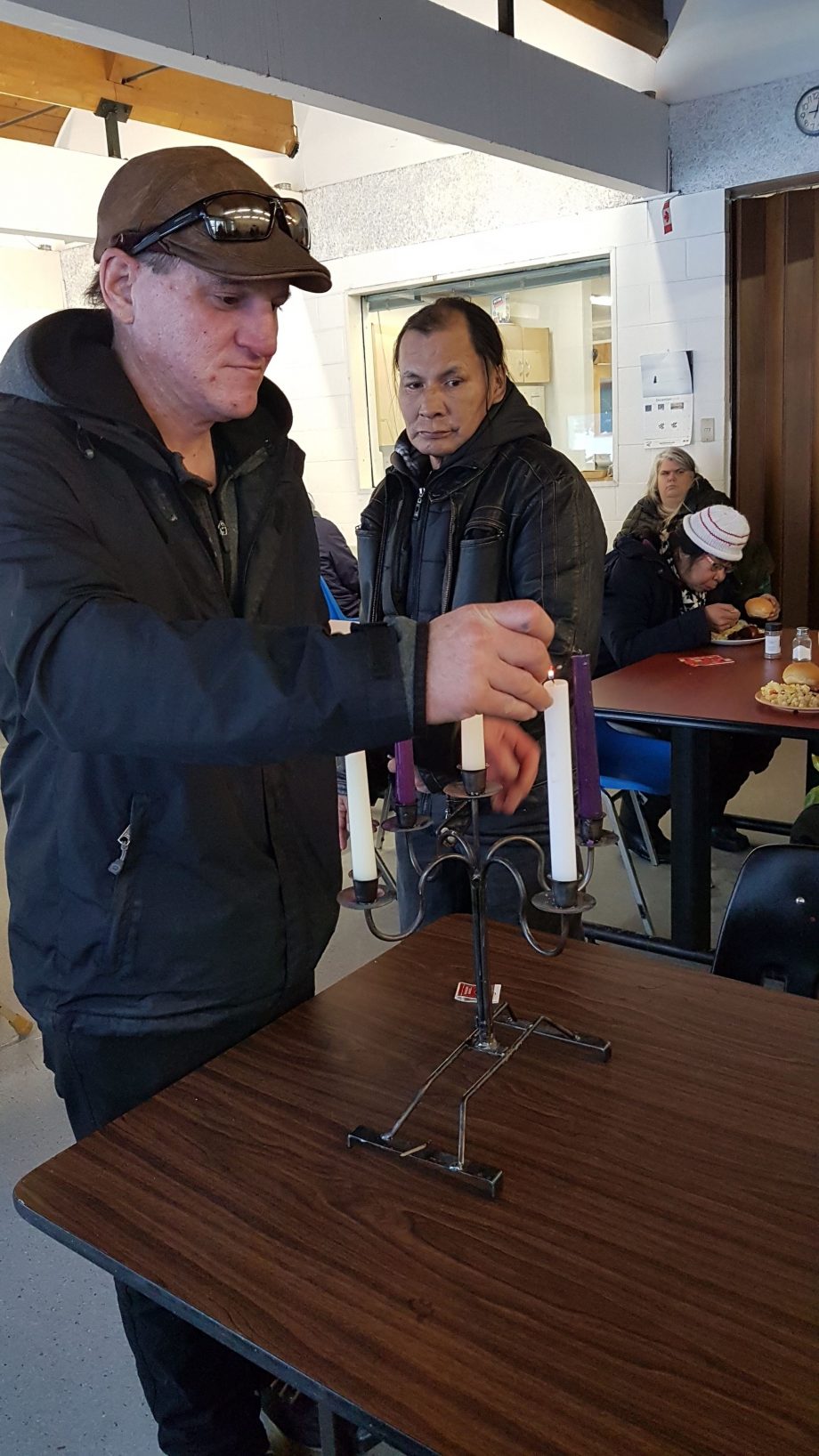 Anamiewigummig Fellowship Centre – Kenora, ON
Anamiewigummig Fellowship Centre – Kenora, ON
Anamiewigummig Fellowship Centre exists to clothe, help, feed, love, and guide people in urban Kenora, Ontario.
To sum up the fulfillment of this mission, one long-term client said of the Fellowship Centre, “I like the way you guys take care of us.”
The ministry provides an urban “home” for many elders and young people who have endured the realities of the Residential School system or have aged out of the child welfare system. Offering practical care and support with food, clothing, and love, the Centre journeys alongside Indigenous people who have been displaced or ravaged by addiction and mental health issues.
 Winnipeg Inner City Missions – Winnipeg, MB
Winnipeg Inner City Missions – Winnipeg, MB
Winnipeg Inner City Missions (WICM) is a place of reconciliation and healing. The ministry provides a safe place to grow and learn for people in Winnipeg’s North End and inner city.
WICM serves Indigenous people who have suffered inter-generational and systemic injustices from Residential Schools and the 60’s Scoop and non-Indigenous people seeking well-being. Through temporary housing, employment services, and children/youth programming, WICM supports healing and reconciliation initiatives.
Our First Steps to Employment program offers transitional housing for adults age 30-50 which provides a safe place while they discover themselves through courses and education or during their job search. We operate 19 suites.
Our After-School and Summer Day Camp for children and youth provide healthy food and safety, as well as fun and physical activity, offering a place of healing for the younger generation.
The Learn and Play program for infants and preschool children helps to break the chains of systemic injustice by supporting parents and preschoolers with stimulating play and developmental activities.
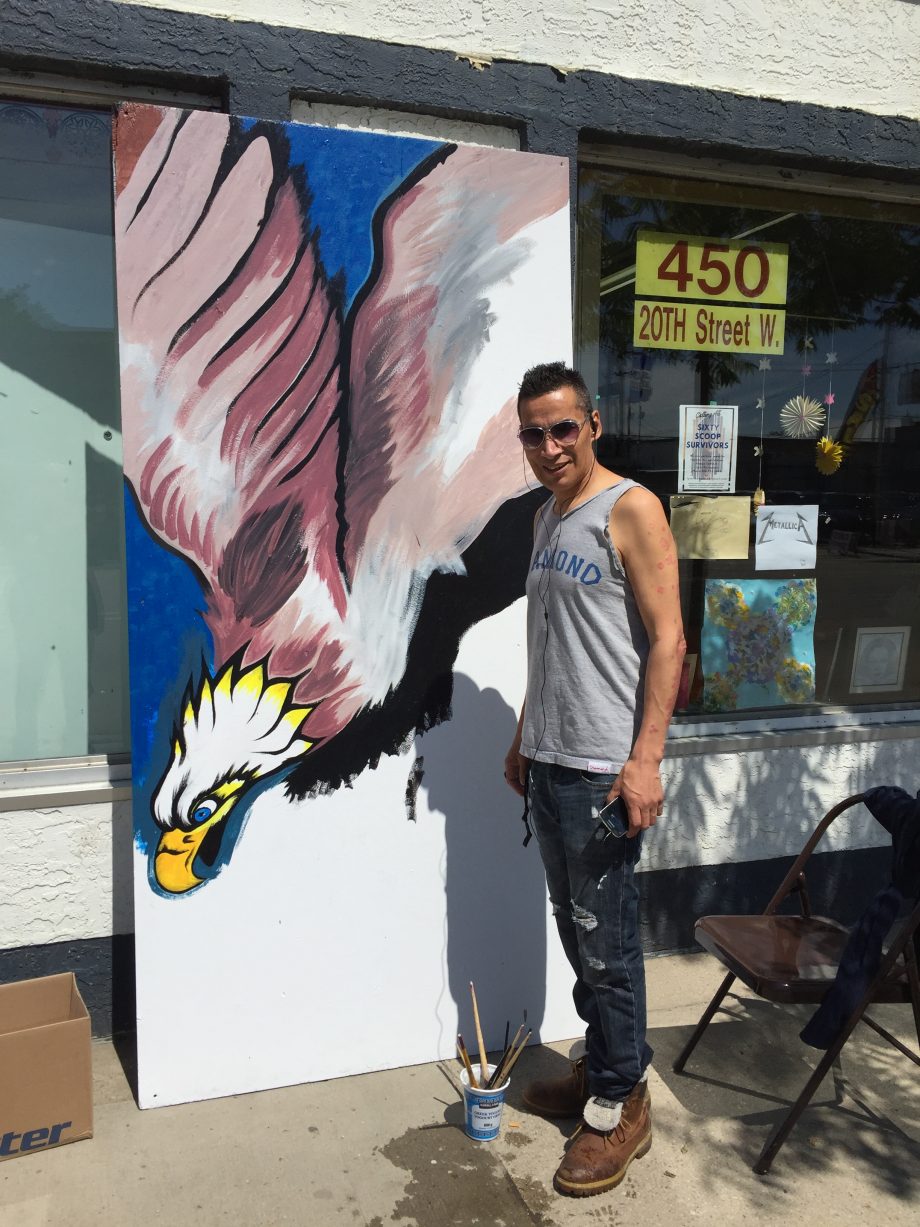 Saskatoon Native Circle Ministry – Saskatoon, SK
Saskatoon Native Circle Ministry – Saskatoon, SK
Saskatoon Native Circle Ministry (SNCM) provides prayer, crisis counselling, nourishment, clothing and a weekly worship Circle to people on the margins of society. The ministry provides a sense of belonging, care, and inclusion for people of all nations, though the activities uphold Indigenous cultural practices.
Through a mid-week worship Circle and an art program, people from all walks of life experience the love of God and guidance of the Holy Spirit. Some individuals who seek refuge at SNCM face poverty, abuse, alcoholism and life on the streets, and the ministry honours those stories, while sharing the good news of Jesus’ love.
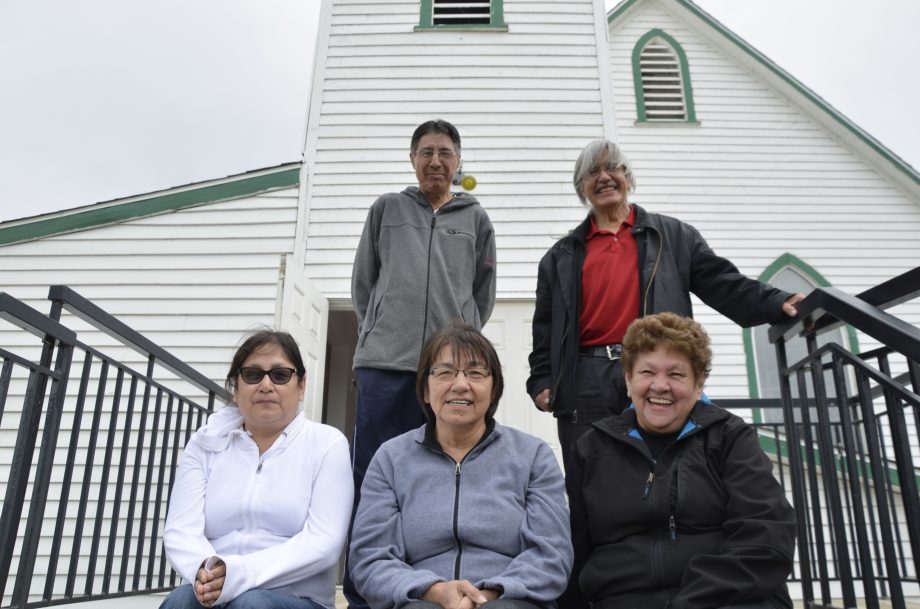 Mistawasis Memorial Presbyterian Church – Mistawasis First Nation, SK
Mistawasis Memorial Presbyterian Church – Mistawasis First Nation, SK
Mistawasis Memorial Presbyterian Church was established at the Mistawasis Nehiyawak First Nation since shortly after the signing of Treaty Six in 1876. With weekly worship services, a girl’s program for adolescents, and a sewing initiative, the church meets the needs of the community in tangible ways. The local culture upholds Indigenous language and familial practices to this day.
Mistawasis Memorial Presbyterian Church seeks to honour these practices. Much of the ministry is based in an ongoing connection with the local Health Centre, which allows them to use their building when the roads are impassable, and coordinate programming based on the needs in the community.
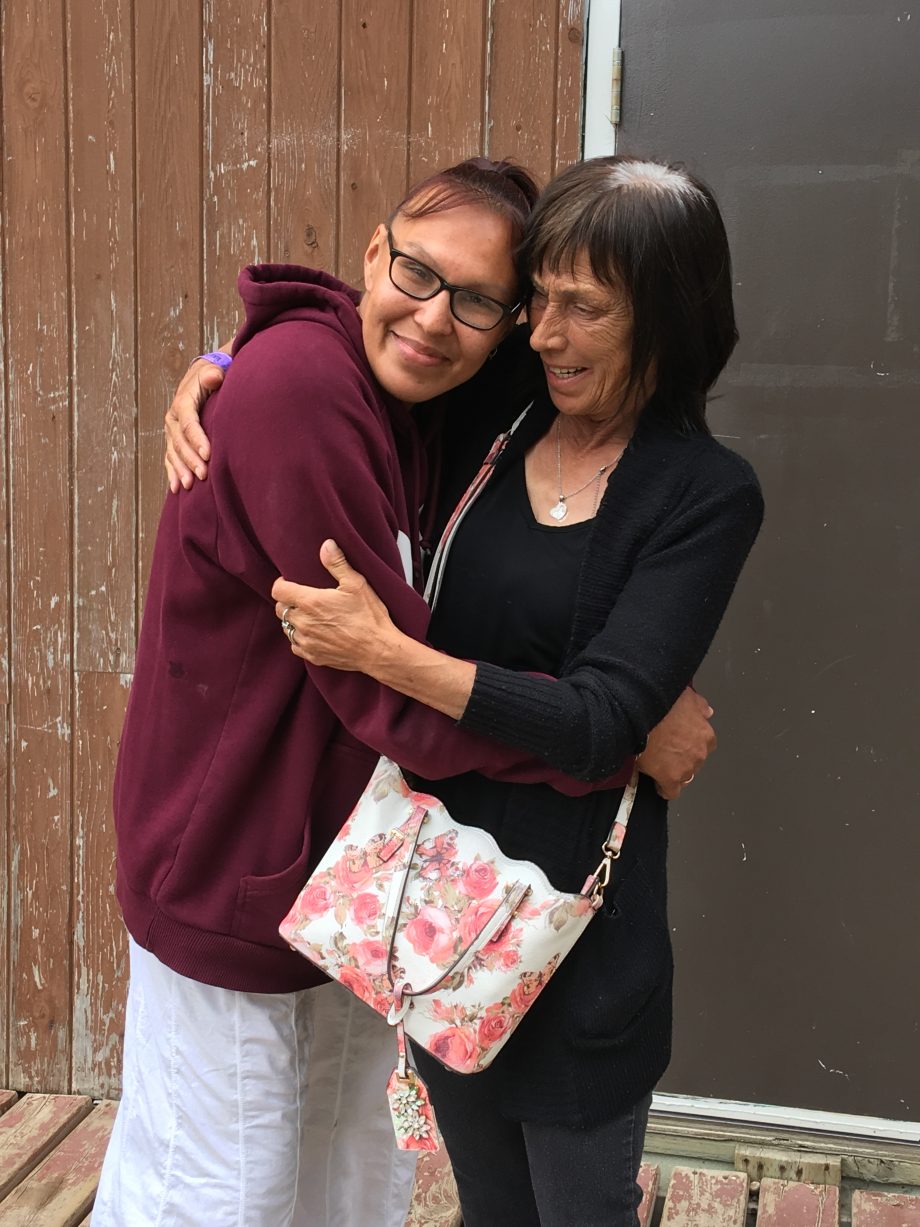 Place of Hope Indigenous Presbyterian Church – Winnipeg, MB
Place of Hope Indigenous Presbyterian Church – Winnipeg, MB
Place of Hope Presbyterian Church offers hope and healing to Indigenous people dealing with multi-generational trauma and abject poverty. Pastoral care and healing initiatives are just a part of what the church does to work alongside individuals scarred by Residential Schools, loss of cultural identity, poverty, homelessness, and lack of education.
The congregation specifically ministers to Indigenous People in the inner city of Winnipeg, Manitoba by providing spiritual and tangible care. Working to improve relationships between Indigenous persons and the church is part of their work of reconciliation within the Presbyterian Church in Canada.
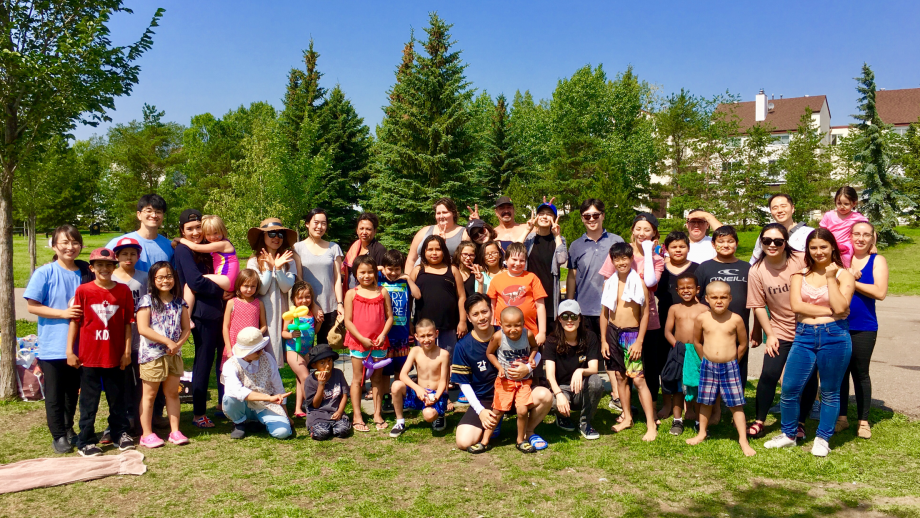 Edmonton Urban Native Ministry – Edmonton, AB
Edmonton Urban Native Ministry – Edmonton, AB
Edmonton Urban Native Ministries (EUNM) operates under the call to “lift up your H.E.A.D.S.” The acronym points to the five pillars of their mission: healing, evangelism, awakening, development, and sending. With this mission in mind, the ministry offers a range of services to First Nation individuals through their drop-in centre, located at St. Andrew’s Presbyterian Church.
In addition to providing for physical needs with hot meals, a clothing bank, an emergency food bank, bus tickets, and haircuts; EUNM also caters to spiritual needs through morning devotionals, prayer, Bible sharing, and worship services. Additionally, they offer tae kwon do lessons, music lessons, vacation Bible school, and local camp scholarships for First Nation children and youth. Where complex issues of addiction, violence, sexual exploitation, homelessness, and poverty exist, EUNM attempts to meet affected individuals with the love of Jesus.
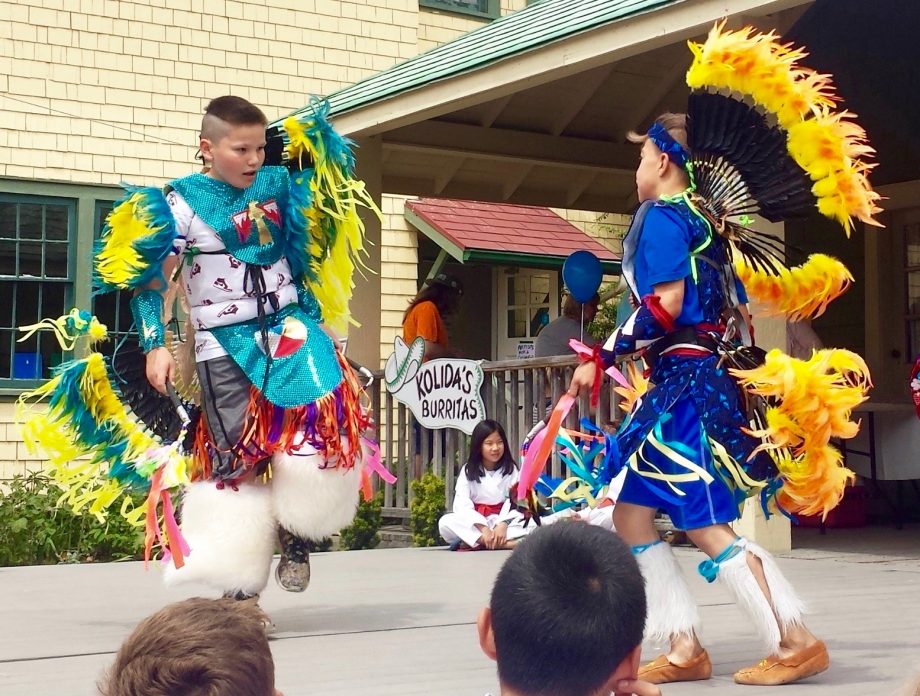 Hummingbird Ministries – Vancouver, BC
Hummingbird Ministries – Vancouver, BC
Hummingbird Ministries is an Indigenous healing and reconciliation effort. The ministry has a place of worship (a Holy House), where Indigenous people may encounter Jesus Christ and simultaneously uphold Indigenous Circle practices. The name comes from the Arapaho story of a hummingbird fetching the seed needed for the people to build a Holy House.
Grounded in The Presbyterian Church in Canada Confession of 1994, Hummingbird Ministries upholds the commitment: “To walk with Aboriginal people in journeys of wholeness and healing together as God’s people.” It operates a variety of programs, including a Circle Ministry (which includes a Circle, activity, and a meal). Additionally, art, dance, music, and drama presentations at local churches, schools, and Indigenous events help elevate the dignity of Indigenous people and educate non-Indigenous people about valuable ways to embrace Indigenous culture and take part in reconciliation efforts.
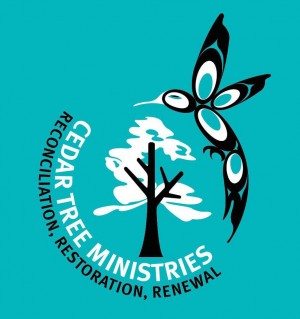 Cedar Tree Ministries (CTM) – Duncan, BC
Cedar Tree Ministries (CTM) – Duncan, BC
Cedar Tree Ministries is an outreach ministry for Indigenous People on Vancouver Island. The mission is to bring healing and reconciliation between the church and the First Nations, as well as to worship God.
The ministry includes multiple First Nations worship services on the island, as well as a food bank, Sunday school, prayer meeting, youth group, children’s after-school program, and counselling services for youth and adults dealing with mental health issues and addictions.
Cedar Tree Ministries shares the good news of Jesus in Indigenous communities as an outreach effort. The Malahat, Chemainus, Huu-Ay-Aht, and Pacheedaht First Nations are presently included in this outreach ministry. The Cowichan Tribe currently houses much of the ministry programs within Cedar Tree Ministries.

